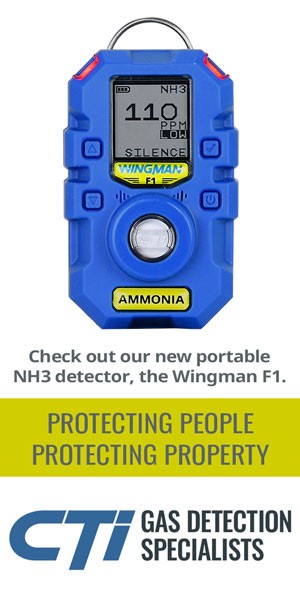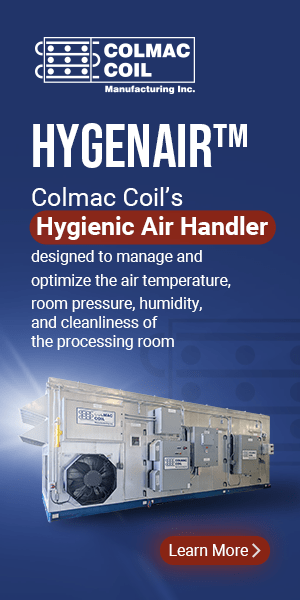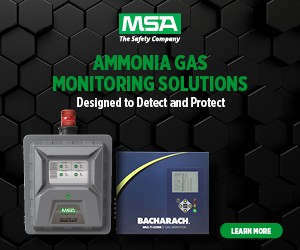President’s Message by Dave Rule

But the real topic on everyone’s mind – safety – is an old one. No matter how much we evolve and change, the same thing that drove us as an industry 100 years ago – to operate safely – still drives us today.
The IIAR Heavy Equipment show is the best place to showcase new systems, talk about our standards and vet new procedures, but the real exhibition floor for our industry is out in the real world. It’s in the plants and facilities our members run every day with one of the safest records of any chemical industry in the United States, and increasingly, in the rest of the world.
Yet we can’t ignore the fact that on average there is one ammonia release per week in some variety, somewhere in the United States. As an industry, we have a responsibility to drive down the number of even these marginal releases.
There may be a limit to how much influence we have over the way the public perceives our industry, but there is no limit on what we can do to increase safety every day, disproving any perception that our industry is unsafe.
As members of IIAR, it’s our responsibility to reduce the number of releases that occur. How do we accomplish that? First, we must continue to vigilantly enhance the design and quality of our systems. IIAR members have access to technical standards, educational guidelines and training materials, all of them focused on safety in some way.
And as an organization, we focus on developing engineering standards and working with building code bodies to make certain that ammonia refrigeration systems are appropriately designed, installed and maintained. Only through this process can we guarantee a safe environment for employees and for communities surrounding our facilities.
It’s important to remember that regular monitoring of a refrigeration system is essential, and it’s critical that we have established programs in place like those developed and offered by IIAR. A Process Safety Management program is required by law for any facility that operates with 10,000 pounds of refrigeration or more, and those below 10,000 pounds can turn to IIAR’s ARM program to make sure they’re following solid engineering practices.
The bottom line is, whether your facility is above or below 10,000 pounds of ammonia, these programs are essential, and no facility using ammonia should be without them.
We should also be continually improving our safety training. All employees should be made aware of the best engineering and operating procedures to follow to prevent an accident or respond appropriately if an incident occurs. That kind of training becomes the institutional knowledge of a facility, and to a large degree, informs regulatory agencies on behalf of the entire industry.
In fact, one of the best ways to demonstrate to regulatory inspectors, the media, and the public that your system is safe and efficient is to be an IIAR member.
Our technical guidelines, training materials and safety standards provide the public with confidence that we’re adhering to the highest possible principles when it comes to the use of natural refrigerants.
For that reason, we’re always encouraging non-member companies to become members. IIAR membership gives everyone access to educational tools and other materials, ensures systems get designed and operated correctly, and encourages the implementation of PSM and RMP programs to maintain regulatory compliance.
Increased IIAR membership helps the Institute support its many programs, but that’s not the primary benefit of a growing membership. The more members IIAR adds, the more the safety of our industry as a whole will increase.
Serving as an advocate for ammonia refrigeration by working with OSHA and EPA on members’ behalf when issues arise is also an important part of our safety mission. We are actively collaborating with both agencies to develop education programs specifically targeted for their field inspectors. And we advise OSHA, EPA and other agencies in what we consider to be the standards, codes and guidelines that should be followed to produce the highest levels of safety.
By taking all of these steps to strengthen our relationships, build safe processes and increase our industry’s participation in the work of this association, we can take safety to the next level. And that’s an essential first step in addressing the sometimes uninformed public perception of our industry. Natural refrigerants are safe and effective now. And we have the track record, and membership, to prove it.











